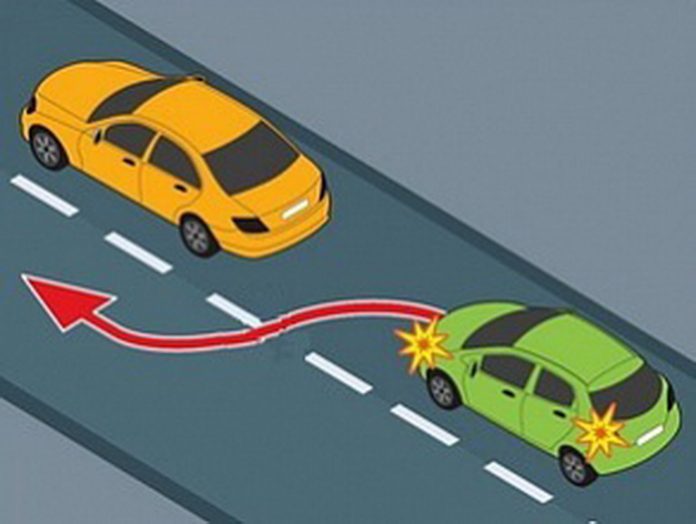Merging, turning, and passing require you to be extremely alert and aware of the other drivers around you. Many accidents happen because of drivers being oblivious and inconsiderate when doing one of these three things. Here are some tips.
Avoid making left-hand turns across busy intersections that don’t have turn signals. It takes awhile to learn how to gauge the oncoming traffic. It’s better to go down a block or two until you come to a light, or plan a route that doesn’t need this turn.
When there’s an obstruction in your lane, wait for oncoming traffic to clear before you pull around. Just because someone’s blocking your lane doesn’t mean you have the right of way in the next or oncoming lane.
Use turn signals to indicate your intention to turn or to change lanes. Make sure to give the cars behind you enough time to react before you take the action. Then make sure to turn your signal off.
 Here are some of the driving tips when you should not make a pass (overtaking):
Here are some of the driving tips when you should not make a pass (overtaking):
If you don’t know if there’s enough space or time.
Because you’re playing “passing games” with a friend.
If the car you’re trying to pass is going the maximum speed limit.
When there is another car passing you.
When passing one car doesn’t make a difference.
Over a solid yellow line on your side (you need a dotted line to pass).
In dangerous weather conditions.
When there’s a blind spot in front of you, like a hill or a curve.
When there is oncoming traffic in the other lane.
If there is road work or construction going on.
Through tunnels, on narrow roads, or on bridges.
On two lane roads, never pass trucks or other vehicles you can’t see around.
How to Pass with Caution
Pass at least ten miles per hour faster than the car you’re going around, but do not exceed the speed limit.
Be sure you’ve completely cleared the passed car with enough space before pulling back into your lane.







